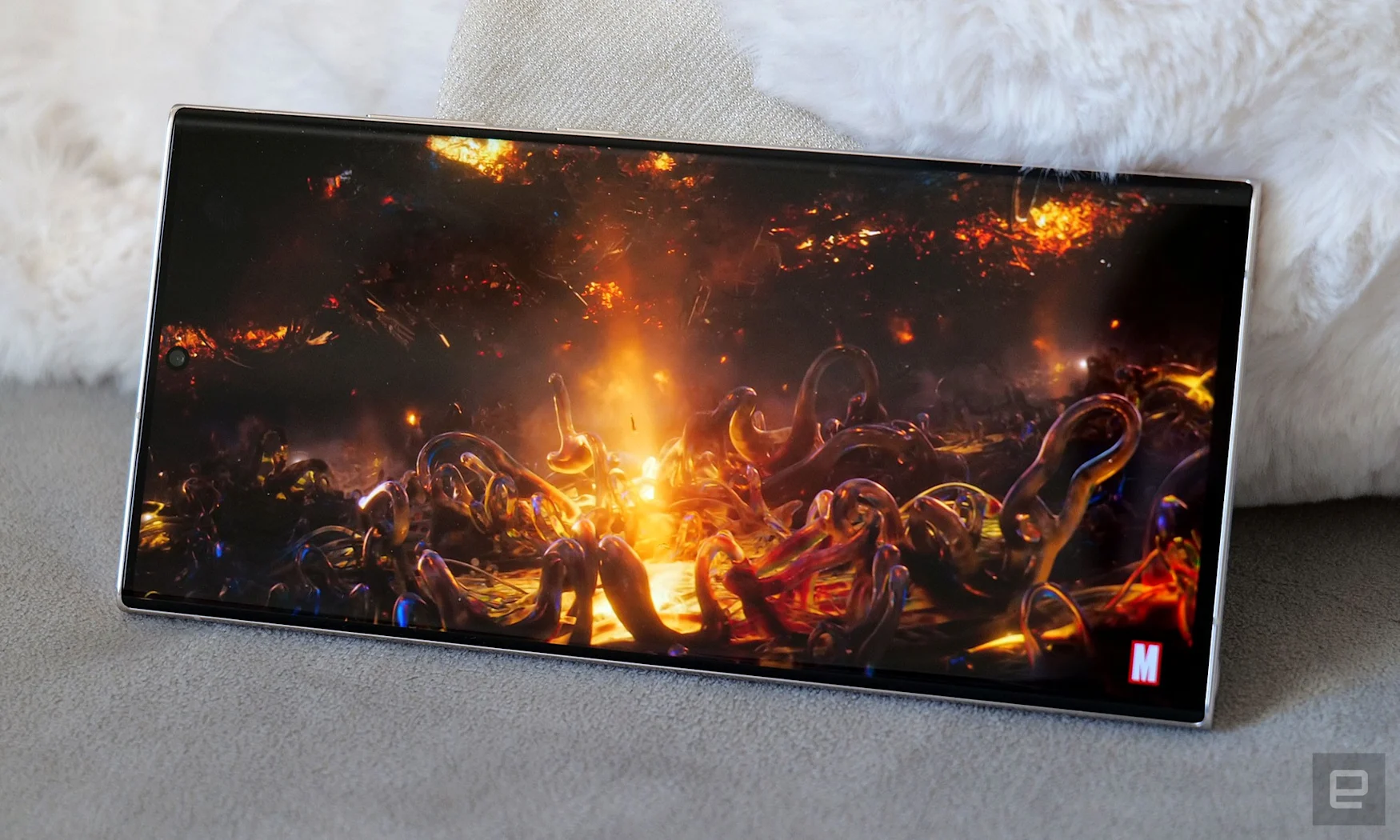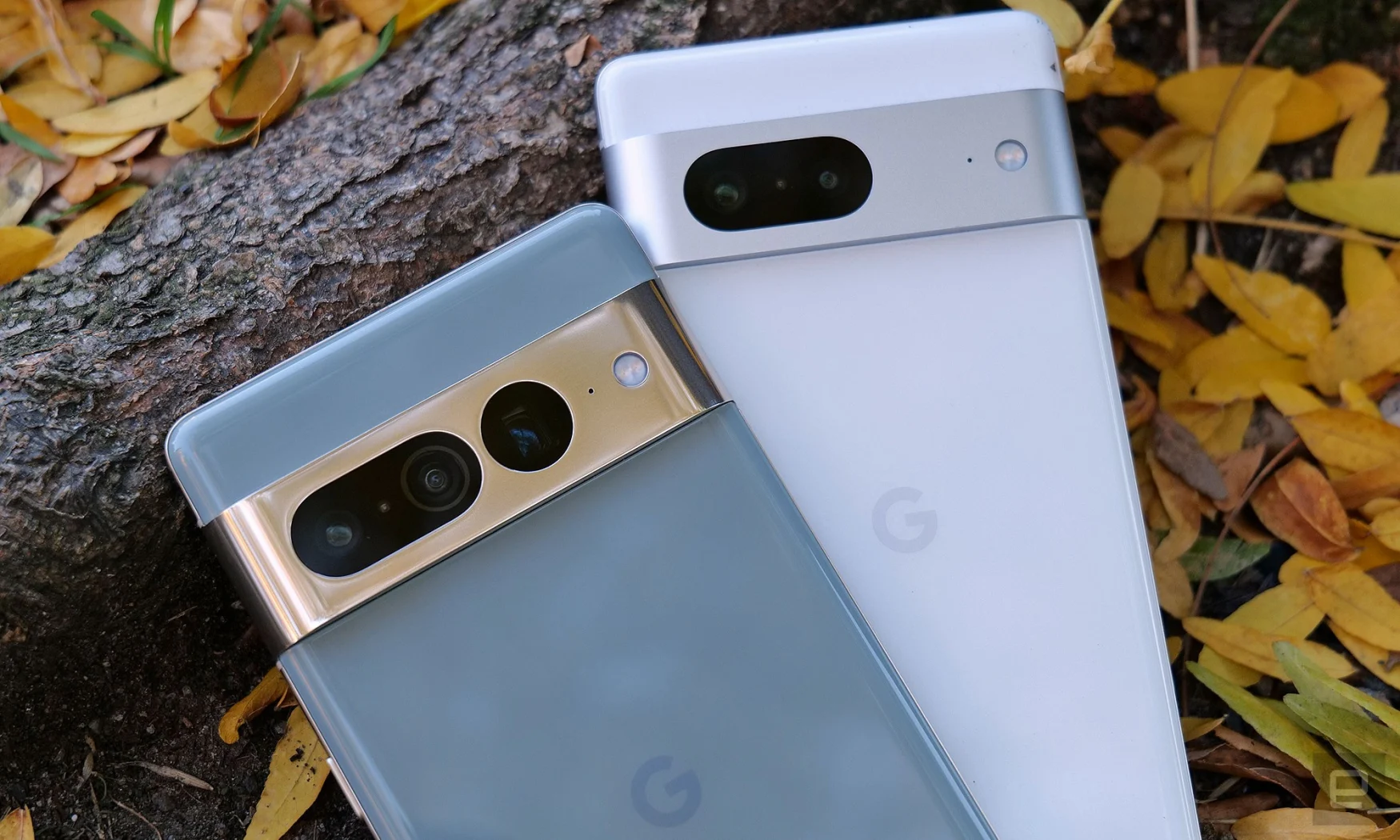
Unlike the iOS ecosystem, where Apple is the only game in town, one of the best things about the Android phone market is the wide range of different devices and manufacturers to choose from. That said, when it actually comes time to upgrade, that wealth of options can make it a bit more difficult to choose the right handset for you. If you’re looking for a new phone and don’t know where to start, we’ve got you covered with a selection of the best Android phones for every budget.
-
Best Android phone overall
Google Pixel 7 Pro
$830$830 at Amazon
$830 at Amazon
-
Best mid-range Android phone
OnePlus 11
$700$700 at Amazon
$700 at Amazon
-
Best budget Android phone
Google Pixel 6a
$295$295 at Amazon
$295 at Amazon
-
Best premium Android phone
Samsung Galaxy S23 Ultra
$1,200$1,200 at Amazon
$1,200 at Amazon
-
Best foldable Android phone
Samsung Galaxy Z Fold 4
$1,550$1,550 at Amazon
$1,550 at Amazon
What to look for in a new Android phone
Performance
When it comes to picking our favorite Android phones, the main things we look for are pretty straightforward: good performance (both compute and AI), a nice display, solid design, sharp cameras, long battery life and a significant commitment to ongoing software support. For performance, not only do we look at benchmarks and other metrics, but we also evaluate phones based on responsiveness. Regardless of whether you’re reading, browsing social media or playing a game, no one wants a device that feels sluggish.
Display

When it comes to displays, we generally prefer OLED panels that can produce rich, saturated colors with at least 600 nits of brightness, though many of our top mid-range and high-end phones can hit 1,000 nits or more. And more recently, most of our favorite devices also support screens with fast refresh rates of 90Hz or 120Hz, which adds an extra level of smoothness and fluidity.
Design
Now we will admit there is a bit of subjectivity when deciding which phones look the best, but there are other design aspects like dust and water resistance or screen durability that can make a big difference to long-term survival. It’s also important to consider things like support for wireless charging, power sharing (aka reverse wireless charging) and UWB connectivity, which can have an impact on how your phone interacts with your other devices.
Cameras

Obviously, for photos we’re looking for sharp, colorful shots in both bright and low-light conditions. And we want video clips with high dynamic range, rich audio and smooth image stabilization. Extra cameras for ultra-wide and zoom lenses are a plus. It’s also important to consider features like dedicated night modes, support for various video recording resolutions, and additional photo modes like timelapse, slow motion and more.
Battery and software
Finally, in terms of battery life, we’re looking for all-day longevity on devices that also delivered great results on our local video rundown test (at least 16 hours on a charge, but more is obviously better). And with people holding onto their phones longer than ever, we like to see companies commit to at least three years of software support and regular security patches.
Best Android phone overall: Google Pixel 7 Pro
The Pixel 7 Pro and the standard Pixel 7 might not be the absolute fastest phones on the market, but what they lack in pure performance they make up for with thoughtful software. Thanks to Google’s Tensor G2 chip, the Pixel 7 series features powerful AI and machine learning capabilities that support things like on-device language recognition and real-time translation. You also get gorgeous OLED displays and the best overall camera quality of any smartphone available today. And with the standard Pixel 7 starting at just $600, Google’s latest flagship is an incredible value too. The main differences between the two are that the Pixel 7 Pro has a larger 6.7-inch screen and features a third rear camera with a 5x optical zoom. But regardless of whether you prefer a smaller or larger device, you can’t really go wrong with either the Pixel 7 or Pixel 7 Pro.
Best mid-range Android phone: OnePlus 11
For those who want a phone with a big screen, solid cameras and great performance, but for less than a traditional flagship, the OnePlus 11 strikes a good balance between budget phones and more premium devices. In a lot of ways, the OnePlus 11 is like a more affordable Galaxy S23+. Not only do you get a similar 6.7-inch 120Hz display, it also features a speedy Snapdragon 8 Gen 2 chip and a big 5,000 mAh battery. Meanwhile, thanks to OnePlus’ blazing 100-watt wired charging, it juices up faster than any phone from Google or Samsung. And on the camera side, the company’s ongoing partnership with Hasselblad has resulted in notable improvements in image quality.
The main shortcomings of the OP11 are that its IP64 rating for dust and water resistance falls short of what you get from competing devices, and the camera’s 2x optical zoom lens feels a bit on the short side. But with OnePlus adding wider carrier compatibility and committing four years of OS upgrades and five years of security patches, the OP11 is a well-equipped option that costs significantly less than its rivals.
Best budget Android phone: Google Pixel 6a
If you just want a simple phone for a good price, the Pixel 6a can’t be beat. Starting at just $449, you get a vibrant 6.1-inch OLED and Google’s Tensor chip along with 6GB of RAM and 128GB of storage. But the thing that separates the Pixel 6a from other budget phones are its cameras which, thanks to Google’s superior image processing, produce pictures that are sharper and more accurate than competitors twice its price. Meanwhile, Google’s commitment to software updates means you should get at least three years of OS support and five years of security patches. And thanks to all of the Pixel-specific software features like Call Screener, Hold For Me and the Pixel Recorder app, you can get a very affordable device with a ton of smarts.
Best premium Android phone: Samsung Galaxy S23 Ultra
Starting at $1,200, the Galaxy S23 Ultra is very expensive, but it has practically everything you could ever want or need in a smartphone. It has a huge 6.8-inch OLED display with a 120Hz adaptive refresh rate, a total of five cameras (main, ultra-wide, 3x zoom, 10x zoom and a selfie shooter) and a built-in S Pen for drawing and note-taking. It also features a huge 5,000 mAh battery that delivers some of the longest runtime we’ve seen on any phone. And with Samsung’s renewed commitment to software support, you can expect a minimum of four major OS upgrades and five years of regular security patches.
Best foldable Android phone: Samsung Galaxy Z Fold 4
While the Galaxy Z Flip 4 is arguably the most stylish and compact phone on the market, the bigger and more expensive Z Fold 4 is like three devices in one, which makes it a unicorn among mobile devices. When you just need to respond to a text or look up an address quickly, its 6.2-inch exterior cover screen makes that a cinch. But when you want to sit down to watch a movie or play a game, you can open up the Fold to reveal a stunning 7.8-inch flexible display. It’s compact when you need it to be, while providing an immersive viewing experience when you don’t. And thanks to support for stylus input, you even can use one of Samsung’s S Pens designed specifically for the Fold to quickly draw or jot down a note. On top of all that, its OLED display makes the Z Fold 4 great for reading books and comics. And unlike practically any other non-Samsung foldable, the Fold also has an IP68 rating for dust and water resistance. In a lot of ways, this thing is the Swiss Army knife of phones. Sure, it’s a bit bulky, and at $1,800 it’s not what anyone would call affordable. But its ability to serve as a phone, a tablet, an e-reader and more depending on the situation puts the Z Fold 4 in a category of its own.
Author:
Quick Overview
Source: Engadget



